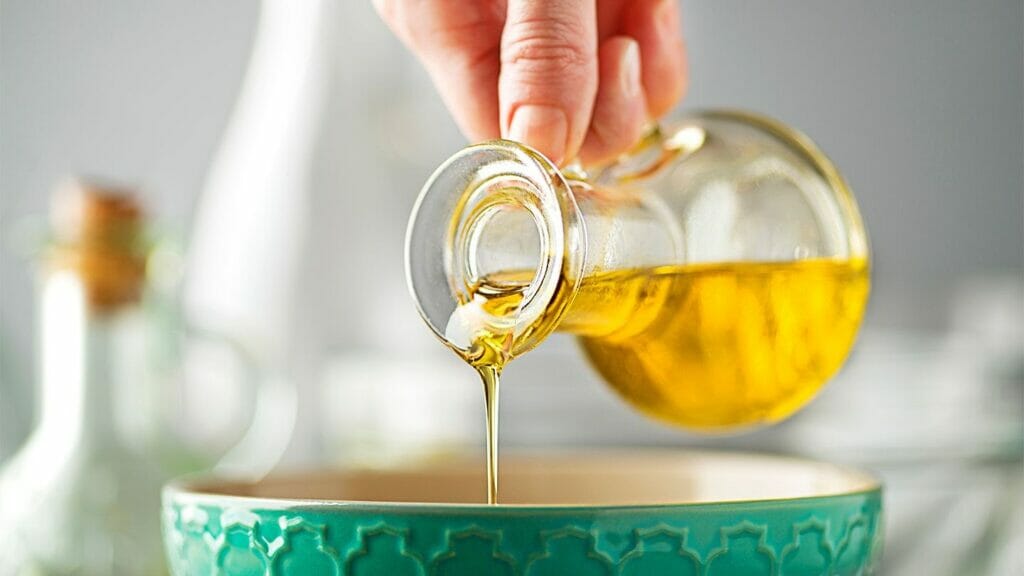- What are Lectins by Dr. Gundry?
- What is the Plant Paradox Diet?
- Plant Paradox Dietary Origin
- What Purpose Of Plant Paradox Diet?
- What are Lectins?
- What are the foods that Dr. Gundry says to avoid?
- What are the foods Dr. Gundry recommends?
- What foods does Dr. Gundry recommend avoiding?
- Is a lectin-free diet worth trying?
- Trying to avoid lectins is a tricky proposition for several reasons:
- What are the health concerns about lectins?
- Conclusion
- Here are some supplement Recommendations By Dr. Gundry
- FAQs (Frequently Asked Questions)
Quick links of Article
What are Lectins by Dr. Gundry?
According to Dr. Gundry, lectins are primal plant proteins that are capable of agglutinating (clumping) certain types of cells and blood. They can be found in a wide range of food sources, and due to their ability to bind with cellular membranes, they can be extremely toxic to the human body.
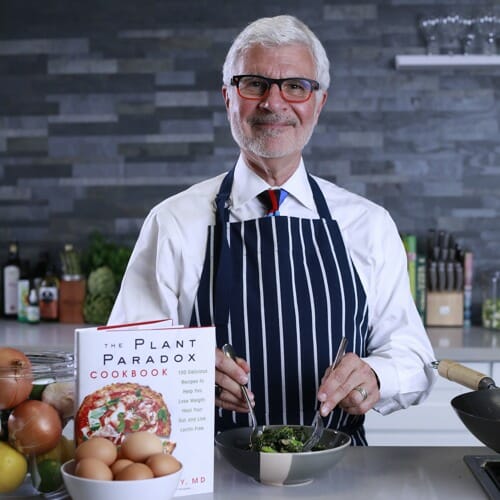
This makes them a growing concern when it comes to the effects of eating non-organic foods.
There are many types of lectins, some of which work against us while others protect us from dangerous microbes.
Many lectins are harmful to humans because they can cause digestive disorders, leaky gut syndrome, and systemic inflammation. Fortunately, there are also beneficial types of lectins that boost immunity and prevent diseases like cancer.
This Plant Paradox Diet informative blog intends to inform our readers about this diet. Let’s dive in.
What is the Plant Paradox Diet?
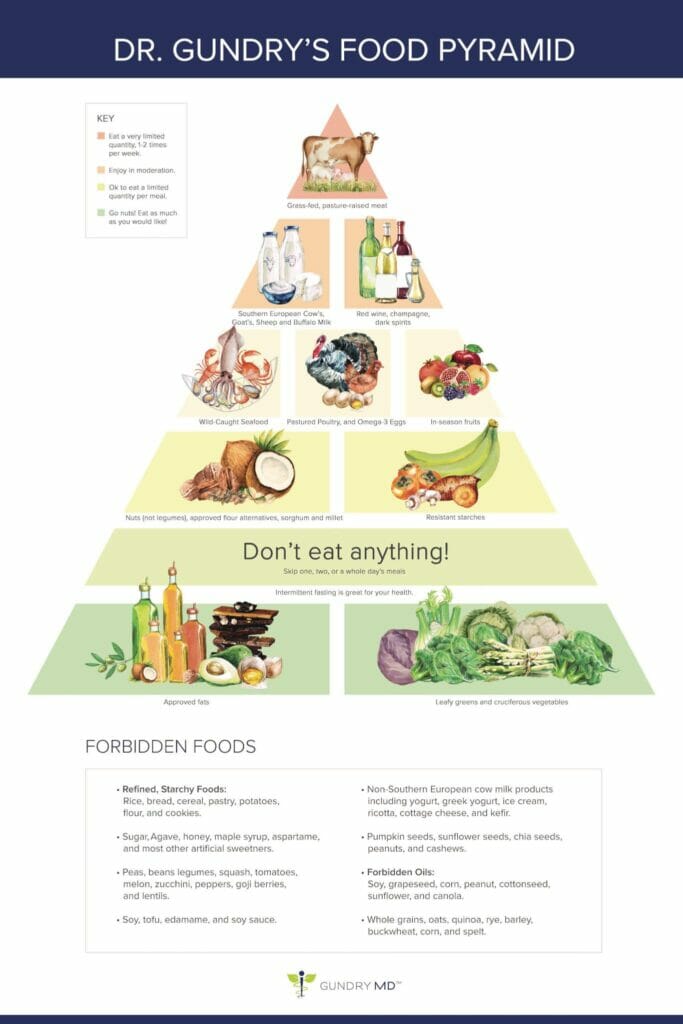
One of the more controversial diets, the Plant Paradox Diet, has been gaining popularity in recent years.
The diet, which involves a strict four-day cycle of eating and fasting, is designed to eliminate all lectins from the body.
The Plant Paradox Diet is simple to follow, as it merely requires eliminating foods that contain lectins.
Lectins are hazardous substances produced by plants to defend themselves against attackers, as you may be aware.
Plant Paradox Dietary Origin
Dr. Steven Gundry created the Plant Paradox Diet as a nutritional program. The best way to understand it is to look at the foods that are allowed and those that are forbidden.
Toned, sculpted arms are one of the most coveted parts of any woman’s body. The problem is that they’re also some of the hardest to achieve. Most women seem to spend hours in the gym, but it doesn’t seem to help.
There are many reasons why women find building muscle difficult, but there is a simple solution: the plant paradox diet. This plan revolves around eating certain foods while eliminating others to create fast results.
What Purpose Of Plant Paradox Diet?
The Plant Paradox is a new diet trend from Dr. Steven Gundry. The diet is designed to eliminate lectins from your diet and help you lose weight and get healthier.
It is a diet that encourages you to eat plenty of vegetables, fruits, complex carbs, and healthy fats instead of processed foods. This might sound simple enough, but it’s quite remarkable when you consider how many of us consume processed food daily (and not just junk food either).
By following this diet, you can expect to lose weight quickly and feel great overall! This is because this diet cuts out many things that are bad for us, such as gluten and lectins, which are found in grains, legumes, potatoes, and other high-carb foods.
What are Lectins?
Lectins, according to Dr. Gundry, are primitive plant proteins capable of agglutinating (clumping) specific cell types and blood.
They can be found in a variety of food sources, and their capacity to adhere to biological membranes makes them exceedingly poisonous to humans.
As a result, they are becoming a significant source of concern when it comes to the consequences of consuming non-organic foods.
Lectins come in a variety of forms, some of which operate against us and others that protect us from harmful germs.
Many lectins are toxic to humans, causing digestive problems, leaky gut syndrome, and systemic inflammation. Fortunately, certain lectins are beneficial, boosting immunity and preventing illnesses like cancer.
What are the foods that Dr. Gundry says to avoid?
Unfortunately, many common foods contain lectins. Here is a list of some of the most common foods that contain lectins and should be avoided:
Squash
Any vegetable with seeds in it, not just squash. Most vegetables are fruits, and the seeds and peels of these “fruits” are loaded with lectins; hence, no zucchini, squash, pumpkins, or any other fruits masquerading as vegetables are allowed.
Beans and Legumes
Beans are high in lectin. Both have the highest concentration of lectins of any other food, so avoid lentils, beans, peas, and other lectin-containing foods.
Nightshade vegetables
These are examples of nightshade vegetables. Those plants’ seeds and skins also contain a lot of lectin.
- Tomatoes
- Pepper
- Eggplant and
- Potatoes
Fruits that are out of season
When you remove fruit from the tree, you’re taking it forcibly, and it’s likely to contain some ‘defensive Lectins.’
So, don’t remove any fruits from the tree; instead, choose fruits from trees that have gladly given up their produce.
Poultry Meat
The majority of farmers feed grains to their poultry and cattle. Because these animals’ bodies are unable to process lectins in the same way that human bodies do, when you eat their flesh, you ingest lectins as well.
Casein Milk
Casein A2 is a nutritious, lectin-free protein that you should purchase. Casein A1 milk is thought to make up the majority of milk sold in supermarkets.
Cows in southern Europe were unaffected, and they continue to produce Casein A2-lectin-free milk.
However, they may only be available at health food stores; simply ask for (or look for) Southern European buffalo milk, goat milk, or cow milk on the labels.
What are the foods Dr. Gundry recommends?
In Dr. Gundry’s Plant Paradox Diet, he has mentioned these and more foods that you can have daily to go on an efficient lectin-free diet.
The best part about this plant paradox diet list is that you can find it in your local supermarket.
So let’s have a closer look at them!
The “Eat These” List
Fish

Vegetables

Seeds and Nuts
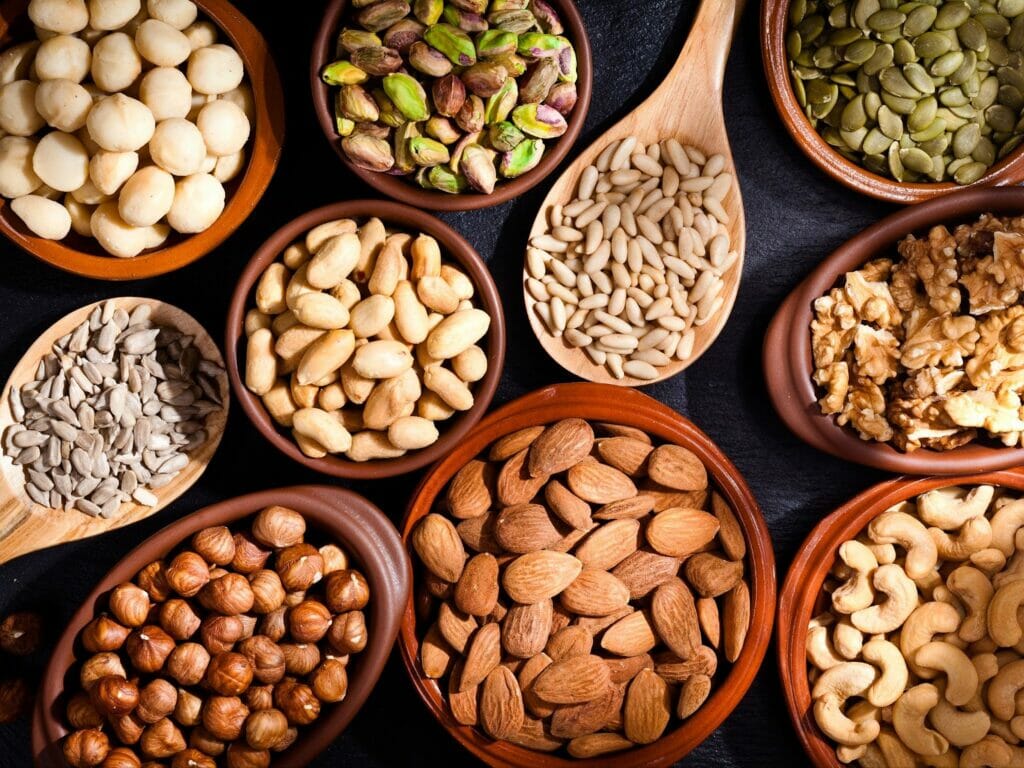
Plant-Based Meat

Dairy

Pasta/Noodles
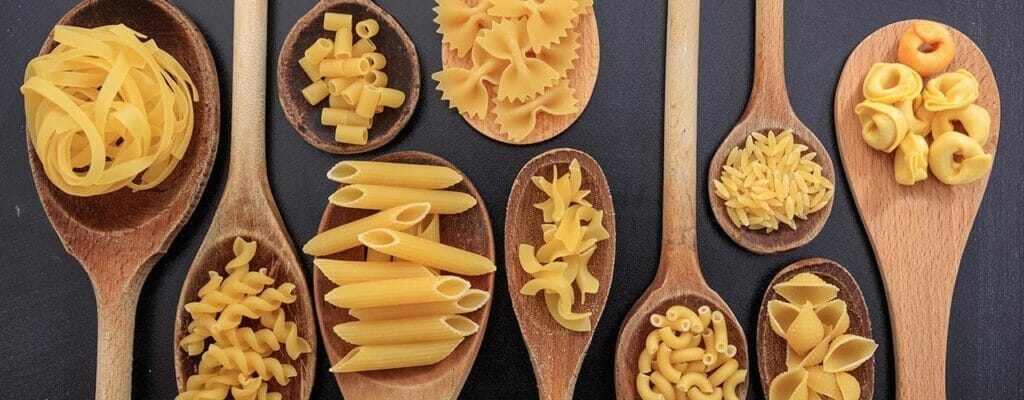
What foods does Dr. Gundry recommend avoiding?
The “Do Not Eat These” List
Starch that has been refined
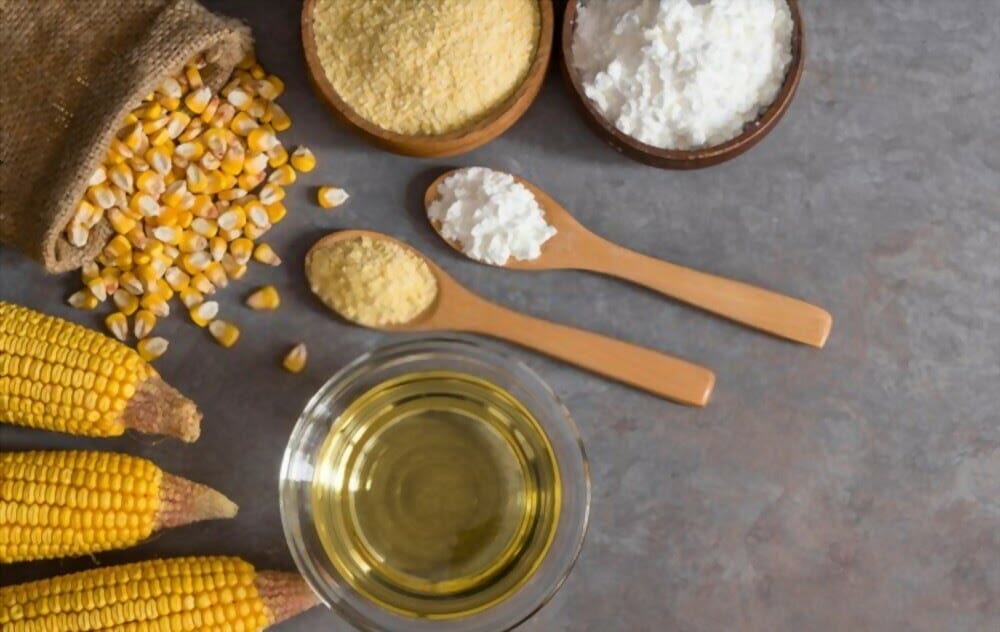
Greens

Oils
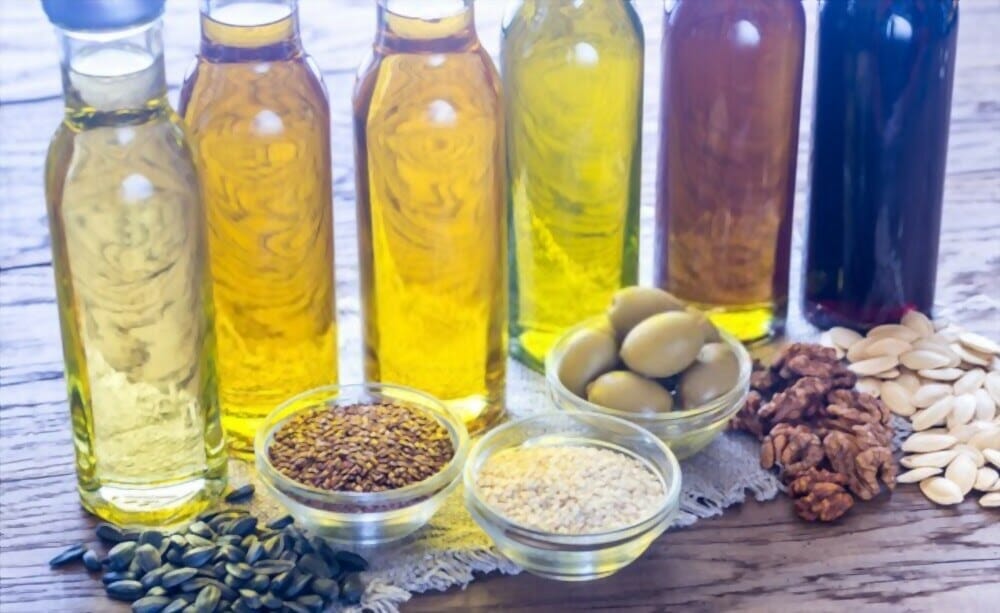
Fruits and Sprinkles
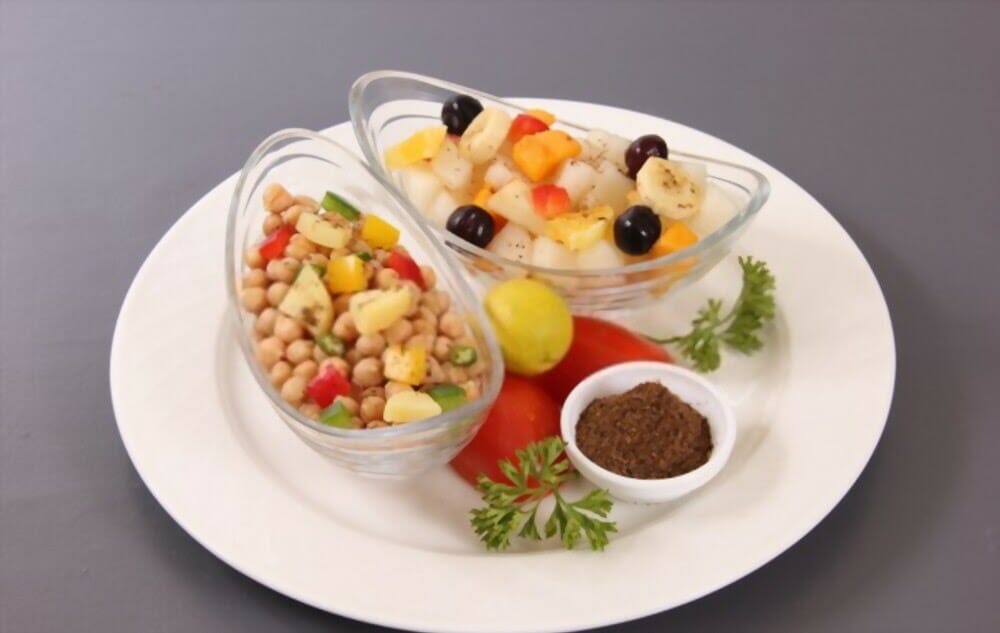
Grasses, Derivatives, and Sprouted Grains

Dairy Products (Casein A1)

Is a lectin-free diet worth trying?
A lectin-free diet is a low-carb diet, but not all low-carb diets are lectin-free. Lectins are found in many kinds of carbohydrates. The best way to avoid them is to avoid grains and beans altogether.
The best-known lectins are in wheat and other gluten grains; these are the ones that cause celiac disease and make non-celiac gluten sensitivity (NCGS) so widespread. But the other lectins, not found in grains but still dangerous to health, are concentrated in beans, which is why people who give up gluten also tend to give up beans. (Gluten and lectins aren’t found only in grains and beans; they’re also found in nuts, seeds, dairy products, tomatoes, potatoes, chocolate, and so forth.)
The best way to test whether a lectin-free diet is right for you is not just to go on one but to stay on it for years if necessary.
This can be challenging: if your lectin problem isn’t severe enough to cause obvious symptoms (such as celiac disease), your motivation may be insufficient to keep you going.
Trying to avoid lectins is a tricky proposition for several reasons:
- There is no accurate test for lectin sensitivity. The only way to know for sure whether you’re sensitive is to eliminate them from your diet for an extended period and see how you feel.
- There’s no consensus on which foods contain lectins and how much lectin is too much.
- What’s more, they’re in so many foods that a lectin-free diet would be extremely difficult to stick to, even if you wanted to go through that hassle.
- The bottom line is that if you have digestive issues and suspect they may be related to food, eliminating lectins from your diet can’t hurt, but it isn’t likely to cure you either.
What are the health concerns about lectins?
Most health concerns about lectins center around the way they affect different types of cells and tissues in the body.
According to some reports, they can cause damage by binding to cells in the GI tract and disrupting their function.
This may be part of the reason why some people feel like certain foods make them sick after eating them. Others believe that lectins promote inflammation and even cause cell damage that leads to cancer.
Conclusion
It is clear that the lectin-free diet is healthy, but it is quite difficult to follow. It does not allow for easy snacking and junk food. The good news is that there are other health benefits beyond weight loss and diabetes protection
A healthy digestive tract promotes proper nutrient absorption and increases vitamin and mineral absorption, which boosts immunity. This diet can also protect you from certain diseases.
Here are some supplement Recommendations By Dr. Gundry
Lectin Shield
Gut health, according to Gundry MD, is linked to general health and well-being. Our probiotic drink, ‘Good Belly,’ contains soluble fibre to support healthy gut microbiota. As a result, many people use the product to lose weight, suppress their appetite, and limit their cravings for lectin-rich foods.
Primal Plants
Gundry MD Primal Plants is a groundbreaking product that helps to enhance digestive health and metabolic growth. Dr Gundry’s natural remedies seek to improve the immune system, regulate stress, and support good digestion for better overall health with their carefully calibrated herbal blend.
Energy Renew
Gundry MD’s energy refresh provides both physical and mental power. This product has been shown to improve your performance, keep you healthier, and make you feel younger. Gundry MD Energy Renew is lectin-free and contains natural supplements, which is just what you’ve been seeking.
Vital Reds
Gundry MD Vital Reds is for patients who are worried about surgery because they have chronic arthritis. Osteoarthritis sufferers will benefit greatly from this formula. You’ll be amazed to learn that all of the ingredients in Gundry MD Vital Reds are incredibly natural. This product makes it simple for the body to absorb all of the necessary nutrients for better health.
Polyphenol Rich Olive Oil

If you’re still on the fence about polyphenol-rich olive oil, the Gundry MD polyphenol-rich olive oil could be a smart choice. Maintaining a good flow of blood throughout your body helps to neutralize radicals and make you look younger. You can use it to finish your food, prepare a salad, and do a variety of other things.
FAQs (Frequently Asked Questions)

Hello, I am Ronald and I am the Health Enthusiast. I am also a full time certified Dietitian based in the USA and I have much knowledge about the ingredients used in different supplements. In my spare time I write the blogs after doing the extensive research and studies. I am also the Co-Founder of Eat Drink Binge.

